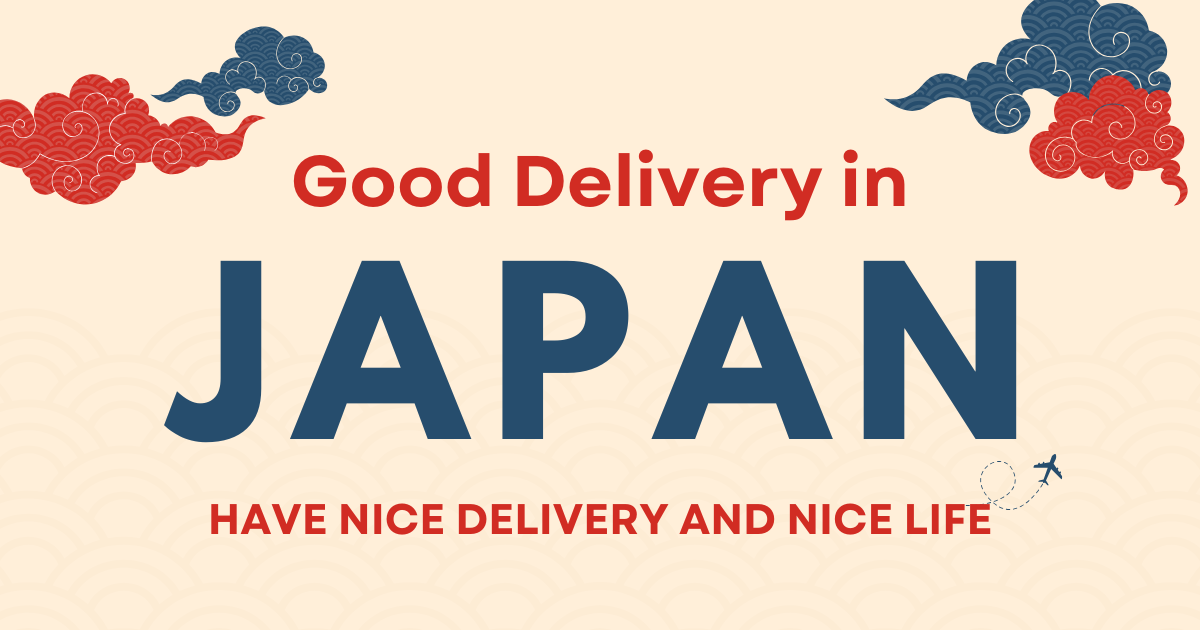Welcome to Japan! If you’re looking for a flexible way to earn money while exploring the country, becoming an Uber Eats delivery partner is an excellent opportunity. However, like any business, profitability depends on managing your expenses effectively. For drivers using a motorized vehicle, fuel cost is the single largest variable expense.
This guide is designed specifically for foreigners in Japan, providing a comprehensive breakdown of how to manage fuel and other vehicle-related costs to maximize your net earnings as an Uber Eats driver.
Choosing Your Delivery Vehicle: The First Step to Cost Control
Your choice of vehicle is the most critical decision affecting your operational costs. It directly determines your fuel expenses, insurance rates, and maintenance needs. Let’s compare the most common options in Japan.
Bicycle (自転車): The Zero-Fuel Option
For dense urban centers like central Tokyo, Osaka, or Kyoto, a bicycle is a fantastic choice. It completely eliminates fuel costs and is often faster for short distances due to its ability to navigate narrow streets and avoid traffic jams.
- Pros: No fuel costs, no insurance required, minimal maintenance, great for exercise.
- Cons: Limited delivery range, physically demanding, highly dependent on weather, smaller order capacity.
Moped/Scooter (原付/バイク): The Popular Choice
The moped or scooter (50cc to 125cc) is arguably the most popular and balanced choice for Uber Eats delivery in Japan. It offers a superb blend of fuel efficiency, speed, and maneuverability.
A typical 50cc scooter can achieve a fuel economy of 40-55 km per liter, making it incredibly cost-effective for navigating city streets and suburban areas.
- Pros: Excellent fuel efficiency, low insurance and tax costs, easy to park, faster than a bicycle for longer distances.
- Cons: Requires a driver’s license, exposed to weather, has maintenance and fuel costs.
Light Car (軽自動車): The All-Weather Solution
A “Kei-car” (light automobile) is a great option if you plan to deliver in areas with harsh weather, or if you want to work regardless of rain or cold. It also allows for handling larger, more profitable orders.
- Pros: Protection from weather, higher comfort, ability to carry large orders, safer in traffic.
- Cons: Significantly higher fuel consumption, more expensive insurance, taxes, and maintenance, parking can be a challenge.
Understanding Fuel Costs in Japan
Fuel prices in Japan fluctuate based on global oil prices, taxes, and the JPY/USD exchange rate. As of mid-2025, the average price for regular gasoline (レギュラー) hovers around ¥170 to ¥180 per liter. This price is a major factor in your daily profit calculation.
To illustrate the impact of your vehicle choice, let’s compare the estimated weekly fuel costs for a scooter versus a light car. The following chart is based on a typical work schedule of driving 100 km per day for 5 days a week (500 km total).
As the chart clearly shows, choosing a scooter over a light car can save you over ¥2,600 per week on fuel alone. Over a year, this amounts to more than ¥130,000 in savings—a significant boost to your income.
Strategies to Minimize Fuel Consumption
Regardless of your vehicle, adopting smart habits can further reduce your fuel expenses. These strategies fall into three main categories:
Smart Driving & Riding Habits
- Smooth Operation: Avoid rapid acceleration and sudden braking. A smooth driving style can improve fuel efficiency by 15-30%.
- Avoid Idling: If you anticipate waiting for more than a minute for an order, turn off your engine. An idling engine consumes fuel with zero return.
- Maintain Tire Pressure: Under-inflated tires increase rolling resistance and can decrease fuel economy by several percent. Check your tire pressure weekly.
Strategic Route Optimization
- Know Your Area: Learn the high-demand areas and peak times (lunch and dinner rushes). This minimizes “downtime” spent driving around without an order.
- Use Navigation Wisely: Use apps like Google Maps or Waze to find the most efficient routes, avoiding traffic congestion and unnecessary hills.
- Accept Stacked Orders: The Uber Eats app often offers “stacked” or “batched” orders, where you pick up multiple orders from the same restaurant or area. These are highly efficient and profitable.
Proactive Vehicle Maintenance
A well-maintained vehicle runs more efficiently. Don’t skip regular check-ups.
- Regular Oil Changes: Clean oil lubricates your engine properly, reducing friction and improving performance. Follow the manufacturer’s recommended schedule.
- Engine Tune-ups: Ensure your spark plugs and air filters are clean. A clogged air filter can significantly reduce fuel economy.
Beyond Fuel: Other Vehicle-Related Expenses to Track
To get a true picture of your profitability, you must track all vehicle-related expenses, not just fuel.
Pro Tip: Use a simple spreadsheet or a finance app to log every expense. This will be invaluable for understanding your true earnings and for tax purposes.
- Insurance (保険): You’ll need Compulsory Automobile Liability Insurance (自賠責保険, jibaiseki hoken). It’s highly recommended to also get Voluntary Insurance (任意保険, nin’i hoken) for better coverage.
- Maintenance & Repairs (メンテナンス・修理): Set aside a portion of your earnings for regular maintenance (tires, brakes, oil) and unexpected repairs.
- Taxes (税金): You will be responsible for the Light Vehicle Tax (軽自動車税, kei jidōsha zei), paid annually.
- Depreciation (減価償却): Your vehicle loses value over time. While not a direct cash expense, it’s a real cost of using your asset for business.
Conclusion: Drive Smart, Earn More
Being a successful Uber Eats delivery partner in Japan is about more than just completing deliveries; it’s about running a small, efficient business. By making an informed vehicle choice, understanding and minimizing your fuel consumption, and diligently tracking all your expenses, you can significantly increase your profitability.
The freedom and flexibility of this work are immense. With these strategies in hand, you are well-equipped to turn that opportunity into a rewarding and profitable venture.
Ready to Start Earning?
Now that you know how to manage your costs, you’re ready to hit the road. Join the community of Uber Eats delivery partners in Japan and start earning on your own schedule.


コメント